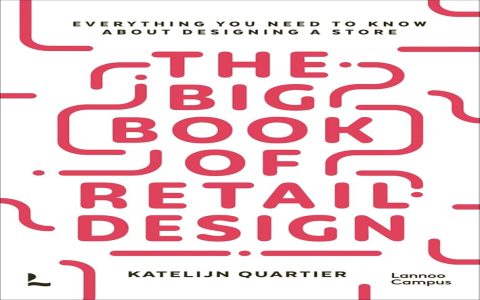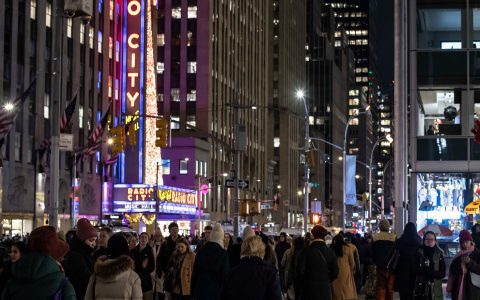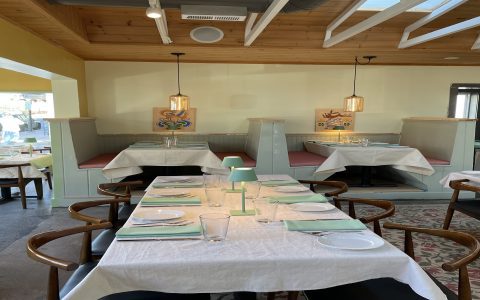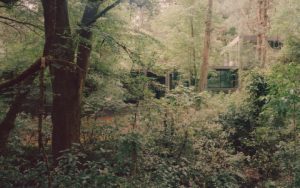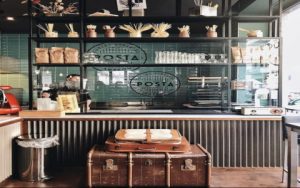Modern bookstore architecture transcends traditional retail design by prioritizing immersive experiences and community engagement. Key features include:
Multi-Functional, Fluid Spaces
Bookstores now integrate diverse functions seamlessly:
- Cafe-Lecture Hybrids: Spaces transform from daytime coffee spots to evening lecture venues.
- Co-working Integration: Dedicated zones with power outlets and Wi-Fi for remote work.
- Event Platforms: Retractable seating and modular shelving enable author talks and performances.
Experience-Driven Navigation
Design intentionally slows customers:
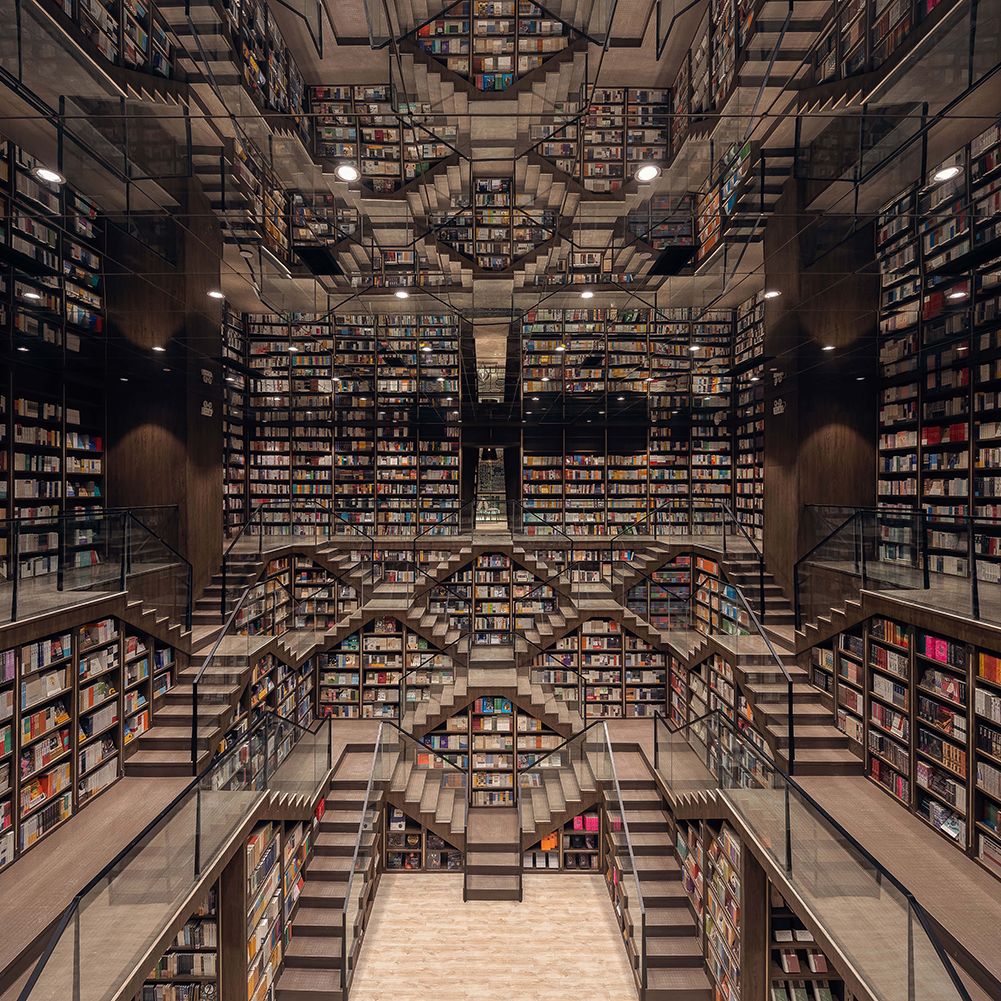
- Thematic Zoning: Curated sections like children's "story caves" or graphic novel galleries.
- Discovery Pathways: Non-linear layouts with arched passages and nooks invite exploration.
- Tactile Materials: Raw wood shelving, textured concrete floors, and fabric panels enrich ambiance.
Strategic Light & Spatial Dynamics
Architects manipulate perception:
- Layered Lighting: Pinspots highlight books, warm pendants define lounges, clerestories flood central areas.
- Vertical Volume: Double-height sections with mezzanines create visual drama and spatial hierarchy.
- Fluid Indoor-Outdoor Flow: Full-height glass walls, sliding partitions, and courtyard access blur boundaries.
Community Anchoring
Buildings serve as cultural infrastructure:
- Local Material Sourcing: Reclaimed timber or regional stone reinforces place identity.
- Flexible Facades: Large windows display interior activity, transforming street engagement.
- Integrated Public Areas: Plaza seating, public art installations, and accessible rest zones.
Sustainable Operational Design
Architecture supports eco-efficiency:
- Passive Climate Control: Thermal mass walls and strategic orientation minimize HVAC loads.
- Adaptive Reuse Structures: Renovated factories or warehouses reduce embodied carbon.
- Biophilic Elements: Interior green walls and potted trees enhance air quality and acoustics.
This evolution reflects a fundamental shift: bookstores thrive as experiential destinations where thoughtful architecture elevates the act of discovery, fostering meaningful public interaction within physically resonant spaces.

